What happened to making Spain the first European country with radar and optical observation satellites?
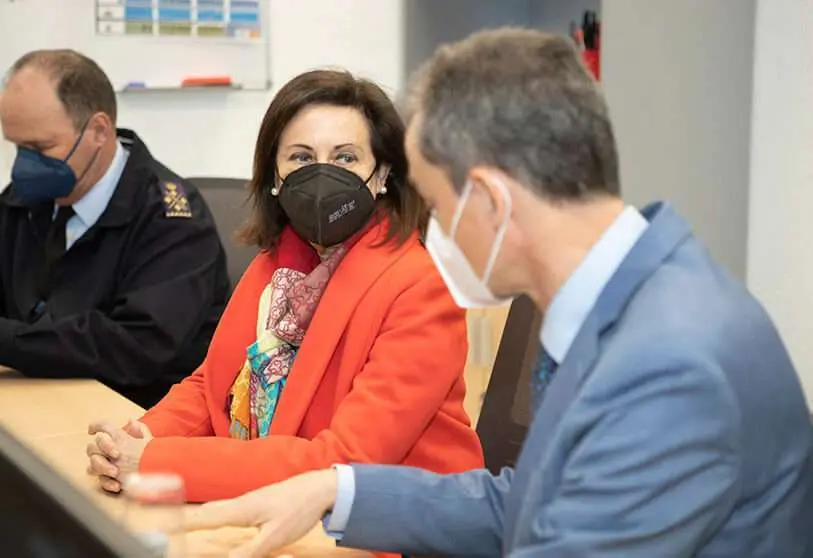
Today marks three months since the Spanish observation satellite Ingenio - also known as SeoSat - was blown to smithereens when the European launcher Vega, which on 17 November last year was carrying it into space to place it in orbit around the Earth, exploded in mid-ascent.
Owned by the Ministry of Science and Innovation, 90 days have passed and the silence of Pedro Duque and his management team is absolute. Nothing has transpired as to whether what was to be the first Spanish government observation satellite will be replaced by another similar one, or what will happen.
It gives the impression that its disappearance and the loss of the 200 million euros it cost to make it a reality are a trifle and have not caused any kind of damage. This is what can be deduced from the fact that neither the Ministry of Science and Innovation nor the Ministry of Defence - to which Ingenio was to be transferred once in orbit - have so far considered replacing the space platform.
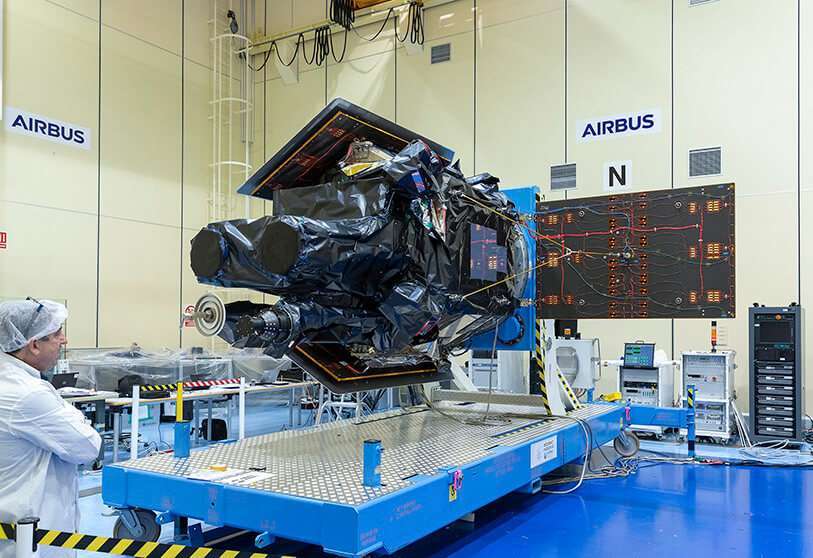
The disintegration of Ingenio for reasons completely unrelated to the satellite has left the so-called National Programme for Earth Observation by Satellite (PNOTS), officially approved in July 2007 by an agreement between the Ministries of Defence and Industry, whose heads at the time were José Antonio Alonso and Joan Clos, respectively.
With Ingenio in synchrony with the Paz radar platform - in orbit since February 2018 - the aim was to make Spain "the first European country to have a dual radar and optical Earth observation system for both civil and military use". This is what the then Minister of Defence, Carme Chacón, said in Madrid on 7 June 2011, during the ceremony to present Paz to the public at the headquarters of Airbus Space Systems, the main contractor for both systems.
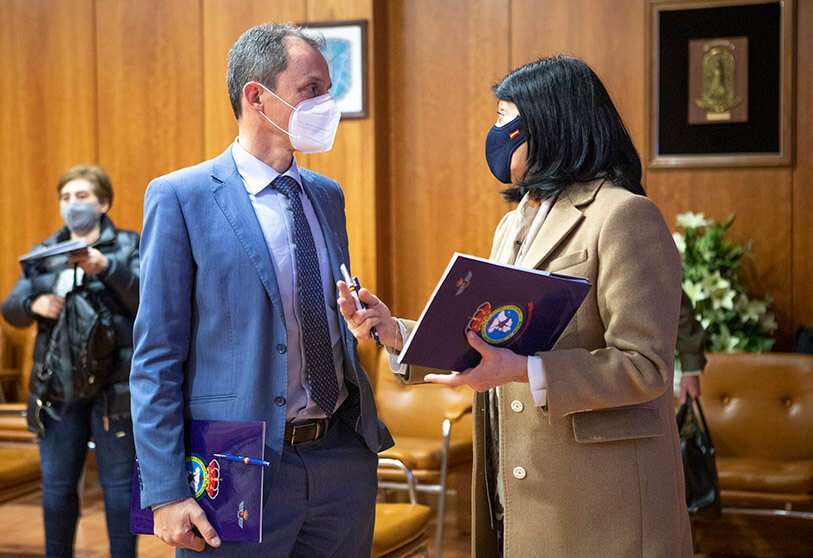
The Paz-Ingenio tandem also sought to provide greater independence and operational sovereignty in the field of image acquisition for defence, security and civilian applications, as well as to train national industry in the development and construction of satellites and high-resolution radar and optical sensors.
While the latter can be considered more than achieved, "independence and sovereignty in the acquisition of space imagery" has been called into question. Ingenio has vanished, Paz offers radar photographs that are complex to interpret properly in many cases, in space without the complement of optical imagery that Ingenio was to provide, forcing them to be purchased from third parties.
In any case, how is it possible that three months after the accident, the PNOTS Steering Committee, the Programme's highest control and monitoring body, has not met to assess the consequences of Ingenio's disappearance? Which Ministry took the initiative to convene the meeting?
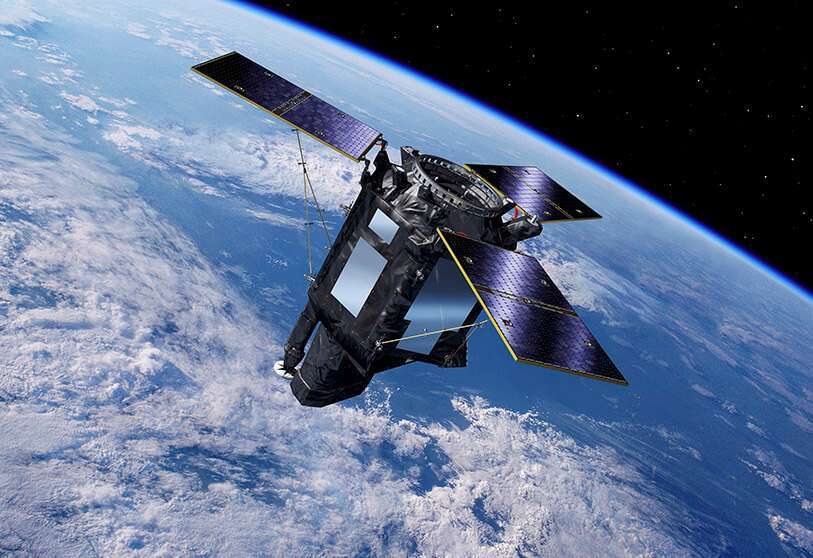
The aforementioned Committee is made up of senior officials from various ministries, including Defence and the Department of Industry, Trade and Tourism, which in 2007 included the Centre for the Development of Industrial Technology (CDTI), the public body that promoted Ingenio, now attached to the Ministry of Science and Innovation. The Steering Committee is chaired by the Secretary General for Industry and SMEs, the economist Raúl Blanco, and by the Secretary of State for Defence, Esperanza Casteleiro.
What are they waiting for before holding the conclave? Is there no longer a need to improve surveillance, border control and spill detection? Have Moncloa and the Ministry of Defence headed by Margarita Robles ruled out supplementing the Paz radar satellite with another optical satellite, as set out in the PNOTS? Are Pedro Duque's Department of Science and Reyes Maroto's Department of Industry abandoning their involvement in the promotion and financing of government satellites? Are dual-technology satellites for civil and military use no longer valid?
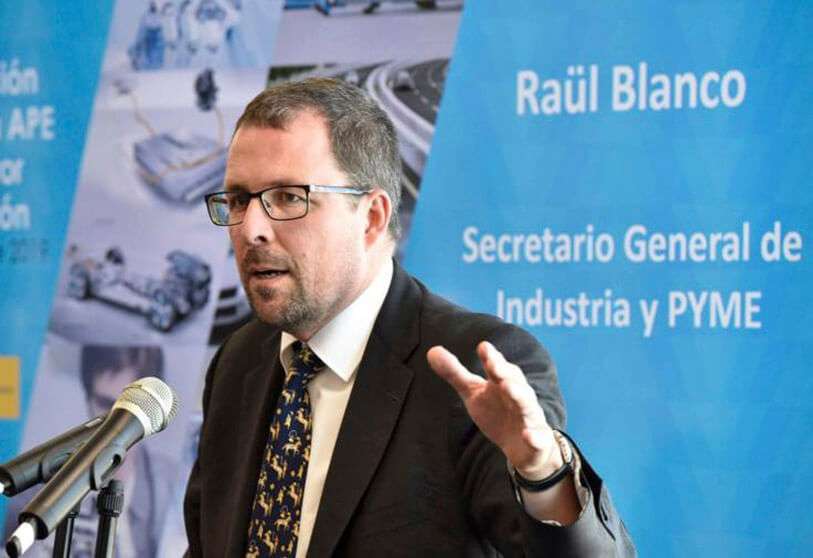
In any case, it seems unreasonable that the high-level body overseeing PNOTS has not met three months after the disaster to find an alternative to Ingenio. Is PNOTS to be terminated, is a PNOTS-2 to be launched, is a fast, low-cost and high-performance transitional satellite to be developed domestically, which is possible with today's technology? None of these questions has yet been answered.
Proposals have been submitted to the Ministries of Science, Defence and Industry that propose a replacement for Ingenio to restore the balance of PNOTS. These documents detail the objectives to be achieved with the design, development, manufacture and launching into orbit of a small, high-resolution electro-optical satellite, weighing around one tonne and capable of discriminating objects below 50 centimetres, which is better than the 2 metres envisaged by Ingenio.
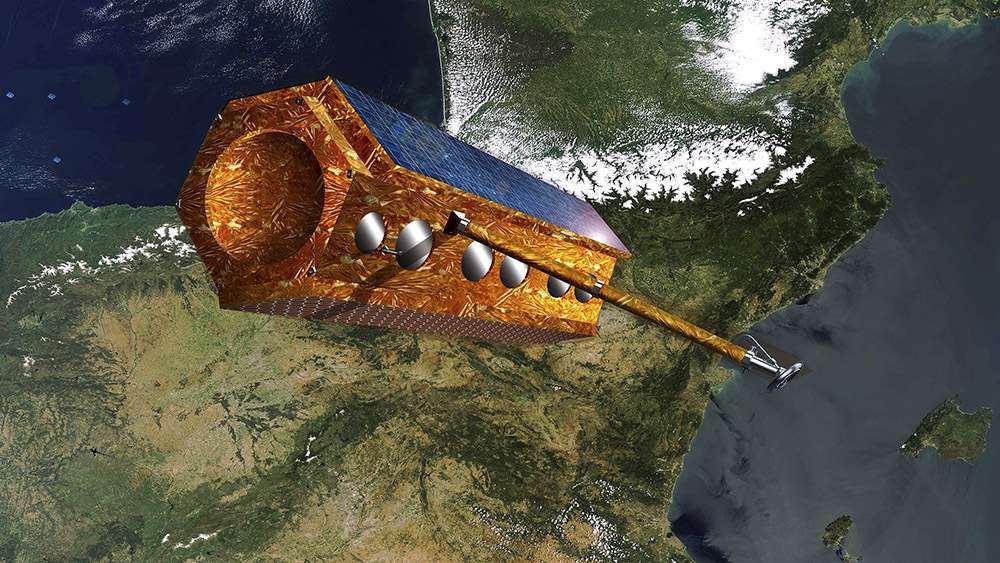
In some cases, the project has not been called Ingenio-2, to avoid reminding us of the project that is now history. Practically all the draft projects in the hands of the Ministries come from the Spanish space industry and, in some cases, from a group of companies that have joined forces on similar space initiatives in the past. But none seem to have received a response, not least because the Steering Committee is absent.
With the PNOTS, the government of the then Prime Minister José Luis Rodríguez Zapatero intended to equip itself with the enormous capabilities offered by Earth observation satellites. The programme was inherited by the government of Mariano Rajoy and now by Pedro Sanchez. However, in view of the apparent lack of interest shown by the current government, it seems that Spain's limited space ambitions in terms of satellites have been diluted or are dormant... unless there is proof to the contrary.

